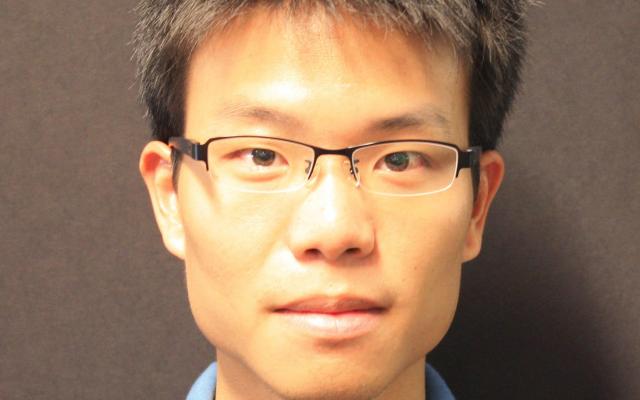
Originally posted by Catherine Shen for the Office of Engineering Communications
Producing better-quality ultrasound images could be as easy as taking a selfie.
That was the pitch that Princeton University graduate student Jen-Tang Lu made to judges at the Keller Center's Innovation Forum Feb. 24 as he described how his technology could improve the diagnosis of many medical conditions.
"Current ultrasound imaging depends strongly on the skills of the technician," said Lu, whose presentation earned him the event's top prize. Users must consider probe pressure, position and body angle, while the images in general have problems with resolution, contrast and noise, he said.
Working with Jason Fleischer, associate professor of electrical engineering, Lu has developed an advanced imaging technique to overcome these problems. The method works in real time for all ultrasound devices, from heartbeat monitors to hospital and research machines, by combining physics, biology and computer algorithms that automatically identify anatomical structures or other features.
The result is a composite picture with higher resolution, better contrast, lower noise, fewer artifacts and more tissue-specific response, said Lu.
"We basically use the same machine and the same data, but compute our own data in the cloud. The image is sent to our server from the customer, we improve it, and then we send it back," he said. As they process the images, the group is also building a database and is collaborating with several hospitals on clinical studies, so that better images result in better diagnostics.
In turn, the clinical data allow them to improve the images. The more images the team records, the better the system works, said Lu.
Continue to the full story on the Princeton homepage.